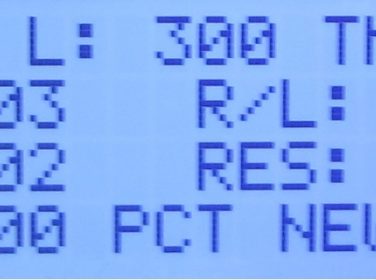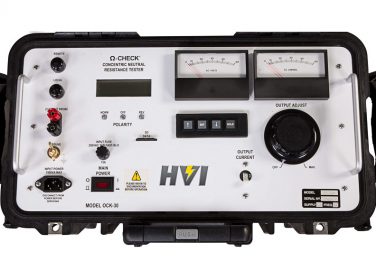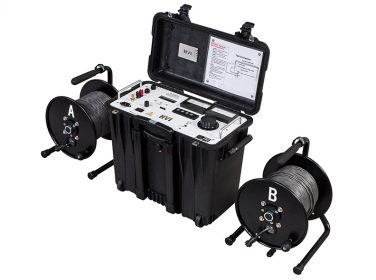
Application Description
How many strands are broken? Where is my return current going? Where is my fault current going? Healthy neutrals are vital to the stability, reliability, and safety of any distribution or transmission system. All of the above can be severely compromised it much of the concentric neutral is missing due to corrosion. Here are just a few potential problems if neutrals corrode:
- Injecting or rejuvenating cables? Measure the neutrals to insure enough remain before injecting.
- Partial Discharge or Tan Delta testing? Results compromised if the neutral is missing.
- Unexplained voltage fluctuations and shock hazards on metal fixtures or in swimming pools?
- URD return currents not going where they should, maybe causing relay protection or control problems?
- Severe shock hazards, fires, or explosions? Fault currents jumping to other utilities or pipes? There is a way to conveniently measure the resistance of the neutral, compare it to what it should be, and display and store the results. It’s easy, quick, and economical.
Solutions
Measure the AC resistance of the neutral while the cable is energized. TDR/Radar measurements are useful but not very accurate for this application. DC resistance measurement isn’t a reliable indicator of the AC resistance under AC current conditions and while the cable is energized. We need to test a cable 1000’ long and take measurements at each end. What’s the Answer? The Ω-Check® Concentric Neutral Resistance Tester. The Ω-Check® is the only instrument of its kind to measure, while the cable is energized, how many strands of its concentric neutral remain intact, the AC resistance of the neutral, and the power factor. When the strands of concentric neutral open, there is a very incremental and measurable change to the resistance of the neutral. This is what the Ω-Check® measures. Substation ground cables can also be tested for integrity through AC resistance measurements under high current using the Ω-Check® Tester.
HVI Products
The Ω-Check® Concentric Neutral Resistance Tester has been actively used for over twenty years. It is only available from High Voltage, Inc. Its many uses and the vital information it provides make it a necessary tool for utilities, cable testing service providers, large industrials, cable injection/rejuvenation companies, and any situation where many underground cables exist that must be maintained.
Operation: The user enters the neutral data: length, # of neutral strands, and the AWG of the neutral strands. From this data, the machine can calculate what the neutral characteristics should be. The Ω-Check®, which comes with two cable reels totaling 1000’ of test lead, connects to the neutral at both ends of the cable under test. Through this connection, an AC current up to 30 amps is injected through the neutral network and the voltage drop across the neutral is measured. A CT clamp is placed around the neutral at the local end of the cable and measures the current only into the neutral under test. The machine then calculates the resistance, compares it to what it would be if the neutral were perfect, and displays a percent of Normal number and a Percent Remaining number, as well as the power factor and the resistance. The test is easy to hook-up, perform, and interpret.


